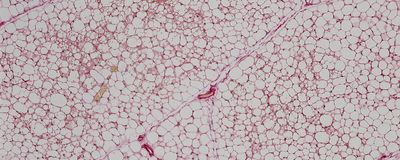Physiology

A Nanoparticle Approach to Treat Torn Tendons
Aparna Nathan, PhD | Dec 29, 2024 | 4 min read
Alayna Loiselle has found a way to bring therapeutics straight to an injured tendon.
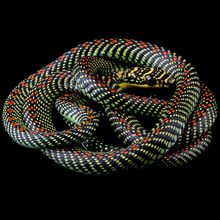
How Do Snakes Fly?
Hannah Thomasy, PhD | Dec 16, 2024 | 2 min read
Changing body shapes and coordinated wiggling provide lift and stability for gravity-defying reptiles.
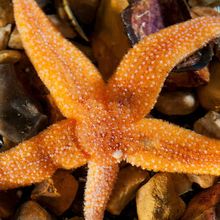
Researchers Discover How Starfish Cut Ties with Their Limbs
Sneha Khedkar | Dec 4, 2024 | 4 min read
A neuropeptide helps starfish shed their arms to escape predators, providing clues about the mechanisms regulating self-amputation.

Bone-Building Hormone Identified in Lactating Mice
Claudia Lopez-Lloreda, PhD | Dec 3, 2024 | 4 min read
A brain-derived hormone that improves bone health could guide new treatments for age-related bone conditions.
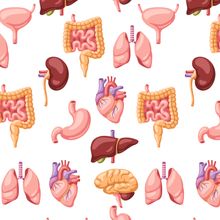
Organoids as a Tool for Tissue Regeneration Research
The Scientist | Nov 26, 2024 | 1 min read
Explore how researchers use organoids to understand tissue regeneration and develop novel therapies.
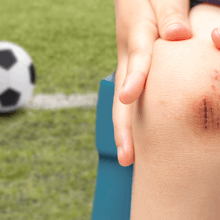
Time Heals All Wounds: Probing Skin Injuries with Spatial Biology
The Scientist | Nov 25, 2024 | 1 min read
Discover how spatial transcriptomics and proteomics advance wound healing research.

Why Does Thanksgiving Dinner Make Some People Sleepy?
Shelby Bradford, PhD | Nov 25, 2024 | 4 min read
Urban myths cry turkey, but the science behind why Thanksgiving feasts induce sleep suggests otherwise.
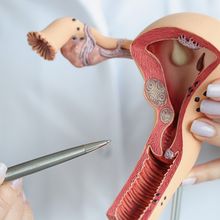
Modeling the Human Cervix on a USB-Sized Chip
Sneha Khedkar | Nov 13, 2024 | 4 min read
Microfluidic chips that mimic the complex human cervical environment provide a platform to study the reproductive tract and associated infections like bacterial vaginosis.

What Drives the "Wet Dog Shakes" Reflex in Furry Animals?
Hannah Thomasy, PhD | Nov 7, 2024 | 3 min read
Scientists identified the mechanoreceptor that triggers the distinctive shake-off behavior observed in mice when they become wet.
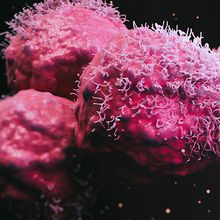
Data by the Dozen: Consortium Cancer Maps Provide a 3D View of Tumor Evolution
Sahana Sitaraman, PhD | Oct 30, 2024 | 4 min read
New 3D blueprints that highlight tumor complexity reveal several new discoveries, some of which challenge existing theories of cancer progression.
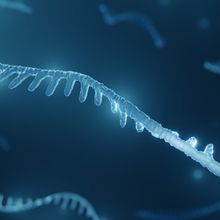
From Worm Anomaly to Nobel Prize: microRNAs Show Macro Impact
Danielle Gerhard, PhD | Oct 21, 2024 | 5 min read
Discovered 30 years ago, microRNAs are increasingly recognized as important regulators of cell physiology and human disease.
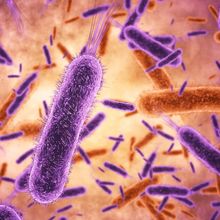
Harnessing Molecular Techniques to Identify Wound Microbes
The Scientist Creative Services Team in collaboration with Thermo Fisher Scientific | Oct 18, 2024 | 1 min read
Pressure wounds are a growing healthcare issue, and accurate characterization is necessary for appropriate treatment.

Why Timing Matters When Taking Medicines
Sneha Khedkar | Oct 10, 2024 | 4 min read
Human liver cells follow their own circadian rhythms, which regulate drug metabolism and infection.

Nobel Prize for microRNA
Danielle Gerhard, PhD and Sneha Khedkar | Oct 7, 2024 | 4 min read
Victor Ambros and Gary Ruvkun won this year’s Physiology or Medicine award for the discovery of microRNA and its role in post-transcriptional gene regulation.
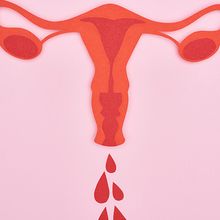
Reproductive Lifespan is Partially Encoded in the Genes
Aparna Nathan, PhD | Sep 27, 2024 | 4 min read
A new study shows that a constellation of genetic changes link the timing of puberty to weight gain and other biological processes.

How Pythons Adapt Their Hearts After a Big Meal
Claudia Lopez-Lloreda, PhD | Sep 26, 2024 | 4 min read
Python heart muscles ramp up their force to sustain metabolic activity to maintain increased metabolism during feeding.
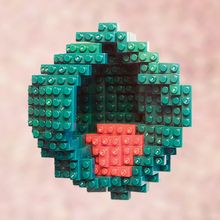
Stem Cell-Based Embryo Models Add a Dimension to Developmental Biology
Shelby Bradford, PhD | Sep 13, 2024 | 10+ min read
Studying human embryonic development is complicated for several reasons. Models derived from pluripotent stem cells representing distinct stages offer a path to studying this process.
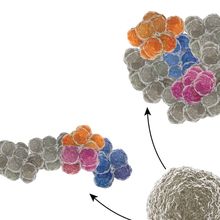
Infographic: The Many Paths to Stem Cell-Based Embryo Models
Shelby Bradford, PhD | Sep 13, 2024 | 5 min read
Culturing pluripotent stem cells to replicate different stages of embryonic development allows researchers to more easily investigate this period.

An Endometrial Stem Cell Pioneer
Mariella Bodemeier Loayza Careaga, PhD | Sep 13, 2024 | 10+ min read
Two decades ago, Caroline Gargett identified adult stem cells in the endometrium. Now, she explores their functions to improve women’s health.
